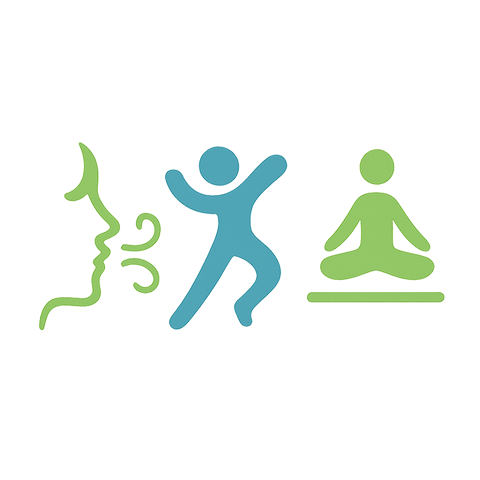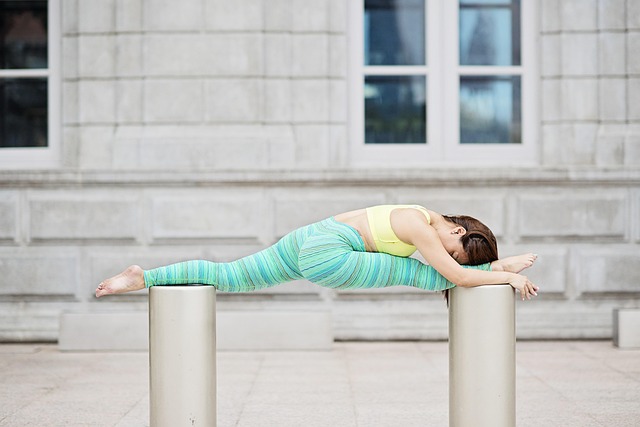When we think about the term elasticity, our minds often wander to materials that stretch and recoil, maintaining their shape and function. But this concept doesn’t just apply to physical substances; it embodies a vital aspect of human movement and mobility. In the realm of fitness and health, understanding and enhancing our body’s elasticity can significantly influence our overall activity levels, performance, and well-being.
Mobility training serves as a key component in developing this elasticity. It focuses on improving the range of motion in our joints and muscles, allowing them to work effectively as a cohesive system. By engaging in a dedicated mobility routine, individuals can unlock their potential, paving the way for better posture, enhanced strength, and ultimately, a more active lifestyle.
Fitness is not merely about lifting weights or running marathons; it’s about fostering a harmonious balance within our bodies. Elasticity plays a critical role here. A body that is flexible and mobile is less prone to injuries and soreness. It allows for smoother transitions between movements, which is essential for athletes and fitness enthusiasts alike. Imagine the flow of a dancer or the quick reflexes of a basketball player; their success relies on their ability to harness and control their body’s elasticity.
Moreover, training that incorporates elasticity can transform the way we engage with our daily activities. Simple tasks like bending to tie our shoes or reaching for items on a high shelf become effortless when our bodies are conditioned for mobility. This enhancement in functionality not only boosts confidence but also cultivates a sense of independence, enabling us to maintain an active lifestyle as we age.
In terms of health, the benefits of mobility training are manifold. Research suggests that a well-structured program can alleviate chronic pain, improve posture, and increase circulation. When our muscles and joints function optimally, our bodies can better combat external stressors, paving the way for improved mental health as well. This holistic approach connects physical activity with emotional well-being, underscoring the importance of caring for our bodies holistically.
Finally, activity levels rise significantly with enhanced elasticity and mobility. With less restriction and greater flexibility, individuals are more likely to engage in a variety of physical activities, be it yoga, hiking, or team sports. This broadening of activity choices not only keeps fitness routines exciting but also plays a crucial role in sustaining motivation and enjoyment in exercise.
In a world where sedentary lifestyles are increasingly common, prioritizing elasticity through mobility training can be a game-changer. It empowers individuals to break free from their limitations, rediscover the joy of movement, and lead healthier, more active lives. The journey towards enhanced mobility is not just about physical training; it’s about achieving a state of being that contributes to a vibrant, fulfilling existence.




